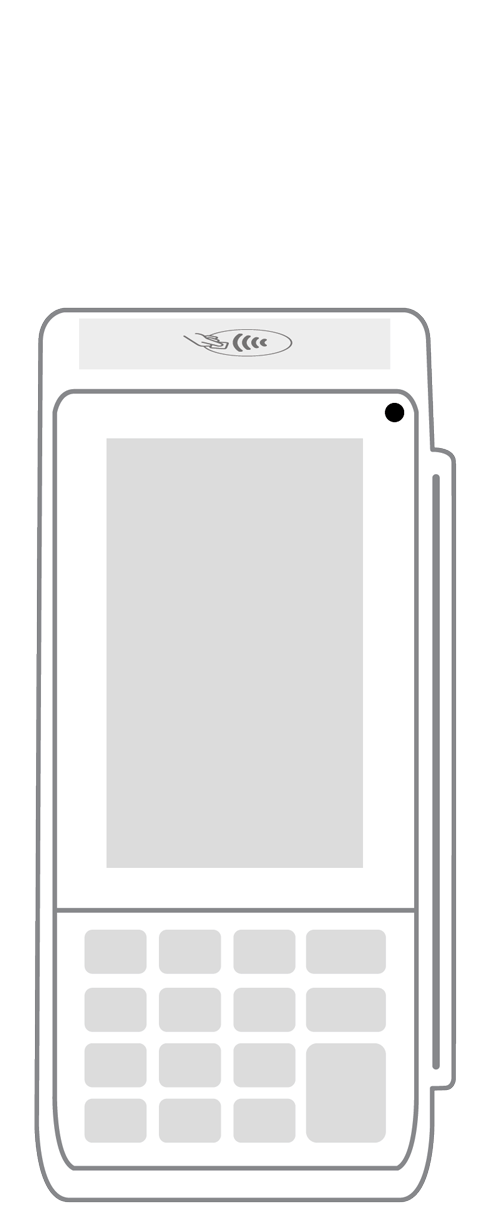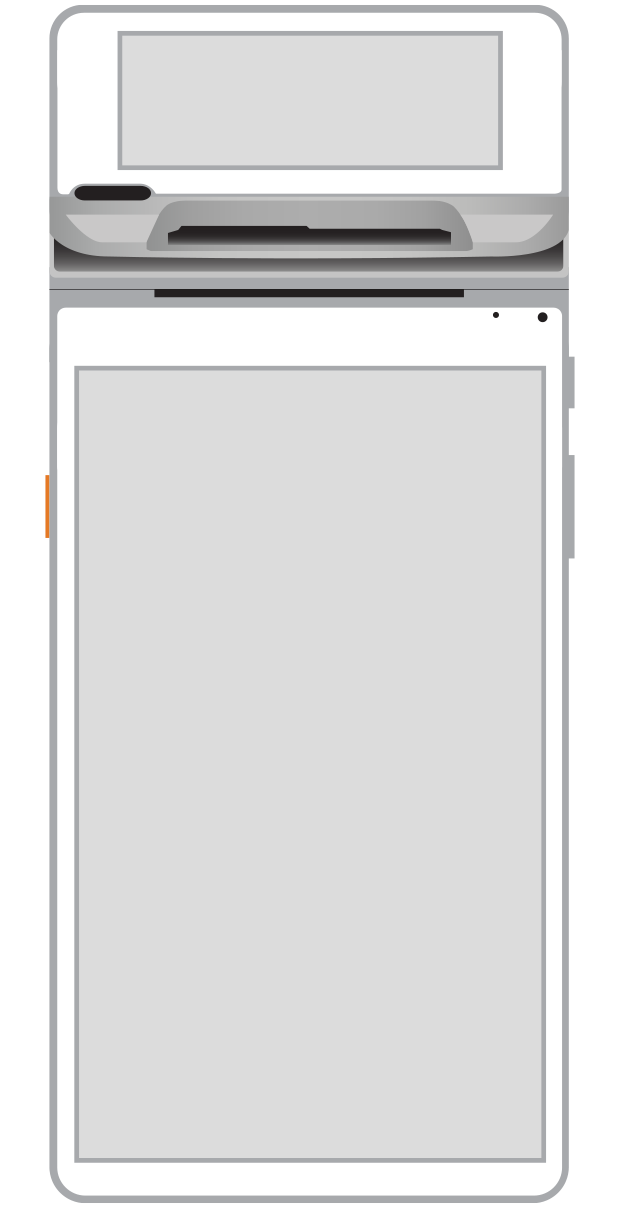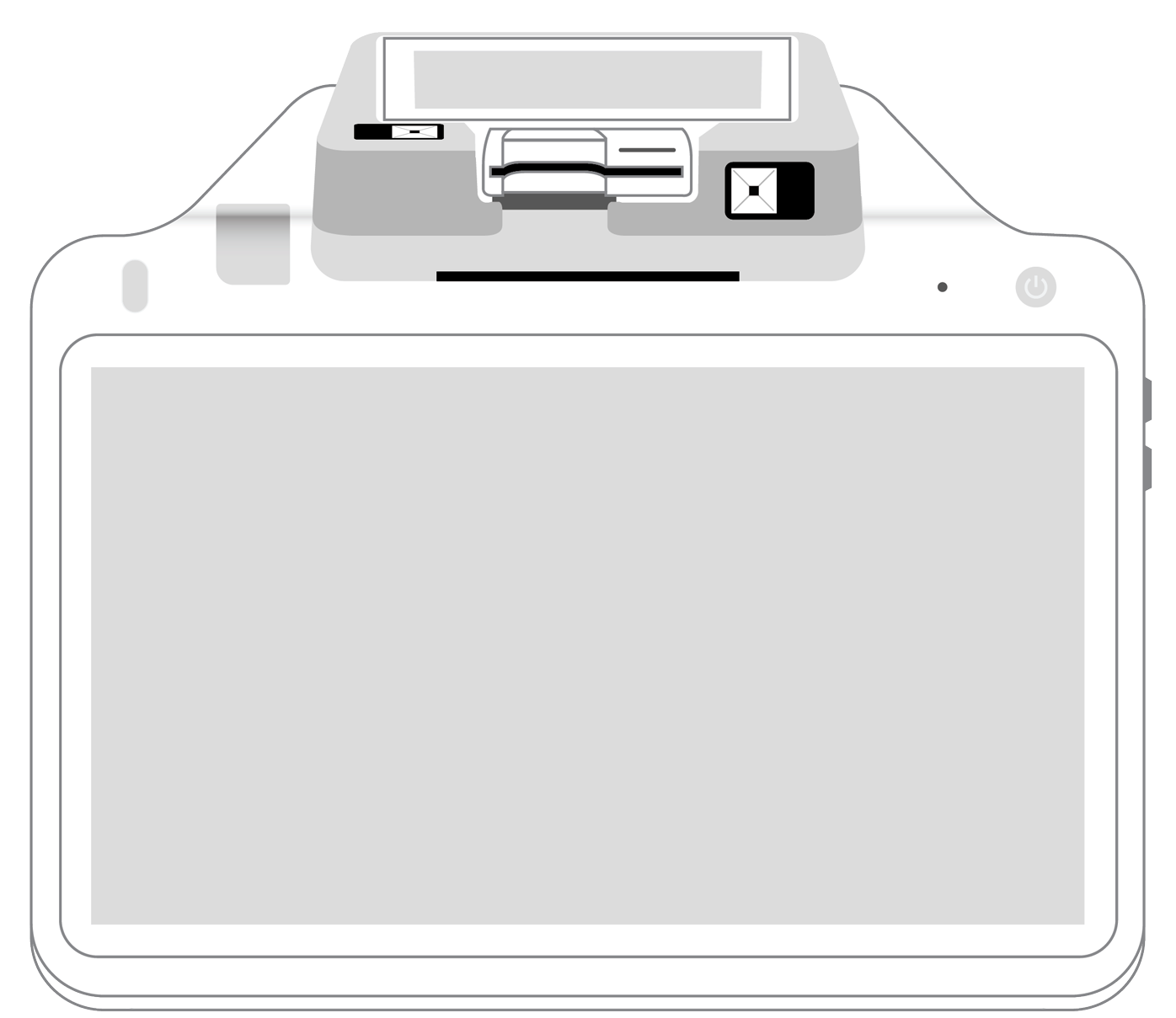A glimpse of the future of technology in retail.

The future of technology and payment processing for retailers looks to be anything but stagnant. Whether you are a merchant with a brick-and-mortar shop, have an ecommerce website, or both, the internet and the wireless devices it supports are sure to be nothing short of revolutionary. Let’s take a look at some of the most exciting possibilities.
What is retail technology?
This broad term encompasses a spectrum of devices, software, and other innovations that online and in-person sellers use to enhance and streamline their business operations as well as customers’ shopping experiences. Just some of the current iterations of retail technology include smart terminals, tap to pay, contactless card readers, and automation software in the business’s back office. The vast majority are made possible thanks to the reach and scope of the internet combined with secure wireless developments.
Algorithms and machine learning.
All of us are familiar with the most ubiquitous instance of the retail algorithm: Amazon’s recommendation engine that suggests products to us based on our location and past shopping history as well as the habits of other customers. Even small retailers can now take advantage of this type of algorithm thanks to the power of the database in their point of sale system.
Additionally, sellers will increasingly rely on machine learning (ML), which uses computer systems that analyze and draw inferences from data to detect patterns. These systems will continue to assist retailers to gain insights into when, where, how, and why their customers buy their products and services. In short, these tools can aid retailers in planning personalized marketing strategies and forecasting inventory, supporting customers via chatbots, streamlining and enhancing product catalog management, improving in-store operations via smart shelves and video analytics, and making dynamic adjustment of prices through analysis of real-time market-related data.
Automation.
Commonly used in factories to perform mechanical operations for over a century, automation is now taking over the performing of repetitive business-oriented tasks with little or no human intervention required. In addition to making warehousing, inventory management, and order fulfillment easier, it is also vital in making contactless payments, recurring billing, email marketing blasts, and data security monitoring possible.
The existing technology that many retailers use helps to reduce human errors, streamline finances, increase employee productivity, and elevate the overall quality of the service that businesses can provide. Soon, it is likely that automation will also become indispensable for gathering and analyzing historic shopper data to create personalized text and email-based promotions curated for each channel and customer. Furthermore, automation will increasingly be used for self-checkout, dynamic shelf labels, facility management, robotic process automation (for tasks like managing orders and returns, answering questions, generating invoices, and running product catalogs), marketing, and sales automation tools.
Augmented reality.
AR is already being used by some major retailers as a way to bridge the gap between shopping in-store and online. Through the use of computer-generated virtual content, AR makes the shopping experience immersive and interactive.
Even smaller sellers will soon be using AR to help their customers to envision themselves wearing or using their products. Furthermore, customers can see what a piece of furniture would look like in their own living room with just a few clicks. It will even be used to assist customers in navigating large department and big box stores.
Smart store technologies.
Offering customers more than one way to access a store’s products is becoming the rule, and smart store innovations make tasks like managing inventory across all channels much more accurate and efficient. RFID and QR code technology allows sellers to identify and track merchandise via tags and codes.
RFID and QR codes also facilitate mobile point of sale (mPOS) self-checkout to furnish a positive and seamless shopping experience across all in-store, online, social media, and mobile touchpoints. They can be utilized once a store incorporates cameras and sensors to show how customers interact with and move through a retail space, including which areas need more staff. As smart shopping carts and billing become more widely used, cameras and sensors will be an absolute requirement.
Mobile technologies.
Smartphones travel with customers all day every day. Retailers will continue to profit from this trend with apps, personalized marketing and mobile payment systems.
The smartphone’s GPS function makes it possible for retailers to push information about products and promotions to a customer when they are inside or within close proximity of the physical store. Additionally, sellers can furnish hand-held devices to their staff that enable them to provide product information and recommendations and take payments right on the sales floor, thus reducing long lines at the checkout counter.
Enhanced data analytics.
Data about customers, employee performance, and shopping behaviors provides illuminating insights into a business’s past, present, and future functions. Retailers will continue to leverage this information to integrate details and gain insights across all channels and workflows. With what cloud-based and ecommerce data integration software allows retailers to gather and learn, they can enhance their ability to personalize their offerings, manage their products, optimize prices, and streamline warehouse operations.
The impact of these innovations appears to know no bounds in the upcoming years. Even so, implementing them can be a daunting prospect to many retailers, especially those with small or newly launched businesses.
Setting realistic goals and actionable implementation strategies is vital as you create the road map for your tech success. Then design an environment that fosters a positive staff mindset and concrete information about the transformation you want to bring about. Start small, running pilots and making incremental changes to further refine your processes, tracking key performance indicators to assess outcomes as you go along.
There is nothing accidental when it comes to success in retail. The innovations of today and tomorrow will prove to be increasingly crucial augmentations to your core foundation of quality products, excellent customer service, and efficient, streamlined business processes. Start now to think about ways to incorporate these innovations into your retail operations so that you never fall behind your competitors.
Related Reading
 3-in-1 Reader |  Terminal |  Keypad |  PINPad Pro |  Flex |  POS+ | |
|---|---|---|---|---|---|---|
Payment types | ||||||
EMV chip card payments (dip) | ||||||
Contactless payments (tap) | ||||||
Magstripe payments (swipe) | ||||||
PIN debit + EBT | ||||||
Device features | ||||||
Built-in barcode scanner | ||||||
Built-in receipt printer | ||||||
Customer-facing second screen | ||||||
External pinpad | ||||||
Wireless use | ||||||
Network | ||||||
Ethernet connectivity | With dock | |||||
Wifi connectivity | ||||||
4G connectivity | ||||||
Pricing | ||||||
Free Placement | ||||||